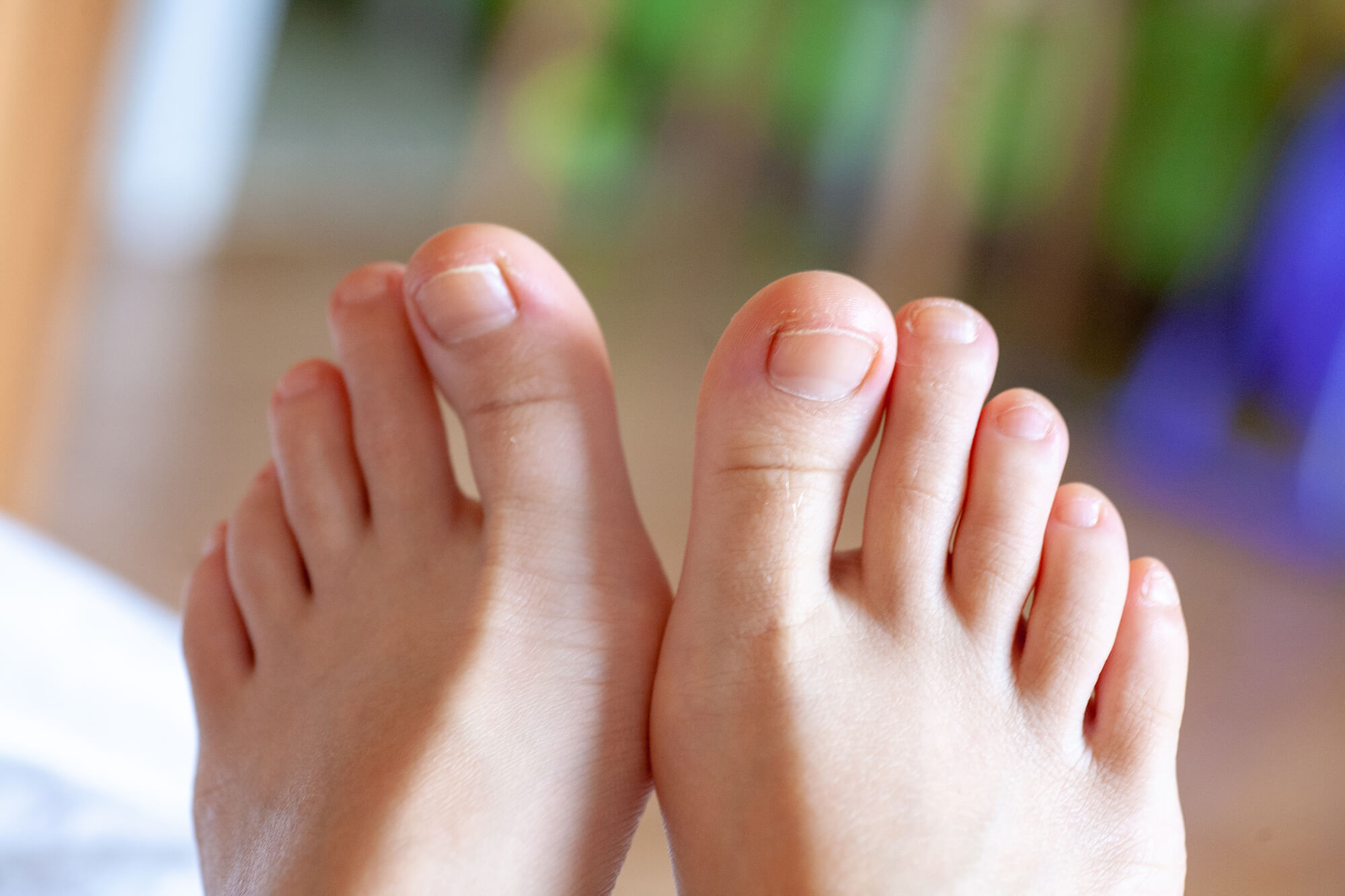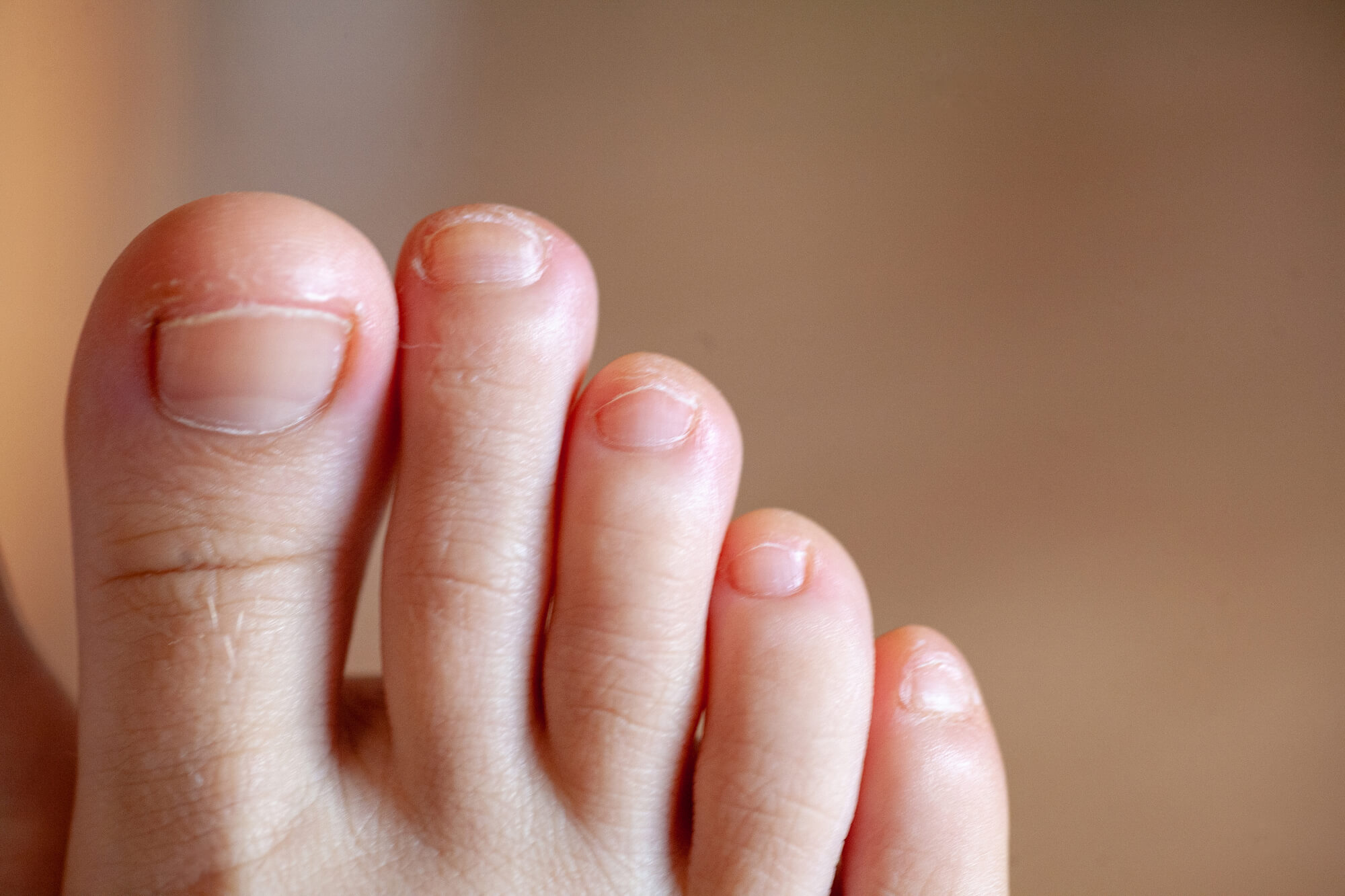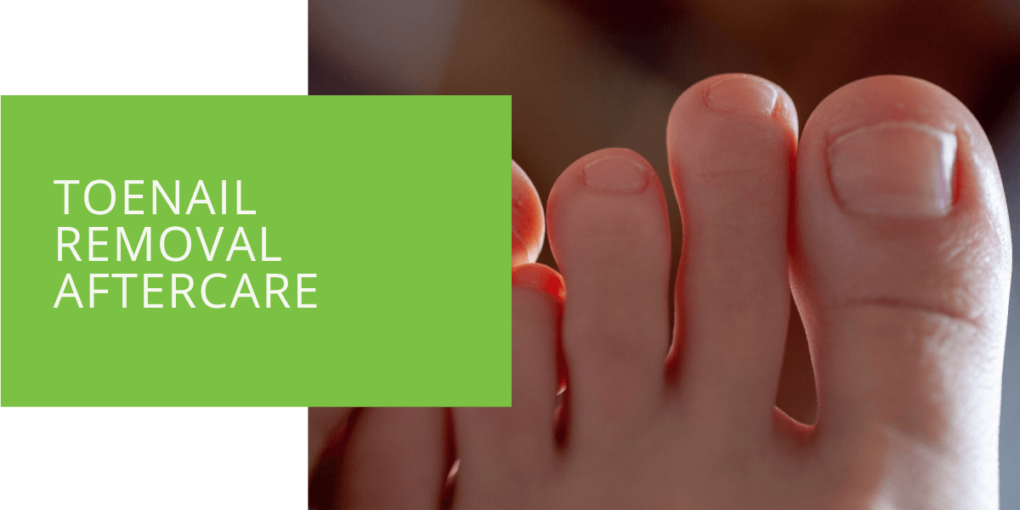Toenail Removal Aftercare
Are you tired of dealing with the discomfort and pain of ingrown toenails or infections? Toenail removal is a common and effective procedure that can help alleviate these issues. However, proper aftercare is crucial to ensure a fast and healthy recovery.
Our comprehensive guide will walk you through everything you need to know about caring for your toes post-removal. From how to keep the area clean and dry to managing any pain or discomfort, we've got you covered. We'll also provide tips on what to expect during the recovery process, including when it's safe to resume your regular activities. With our expert advice, you can rest assured that you're taking the best care of your toes and ensuring a smooth and successful recovery.
Key Takeaways
- Proper toenail removal aftercare is essential for a swift and healthy recovery, whether you've had an ingrown toenail removed or undergone a toenail removal procedure.
- Aftercare involves daily wound care, monitoring for signs of infection, and following your podiatrist's instructions for pain management.
- Regenerative medicine offers innovative alternatives for toenail issues, and discussing your options with your podiatrist is crucial for personalized treatment.
Understanding Toenail Removal
Types of Toenail Removal Procedures
Toenail removal procedures can vary depending on the severity of the issue. Podiatrists may opt for partial toenail removal, total toenail removal, or even permanent removal of the nail matrix in extreme cases. Your podiatrist's specific condition and recommendations determine the procedure choice.
When is Toenail Removal Necessary?
Toenail removal becomes necessary when conservative treatments fail to resolve issues such as persistent ingrown toenails, chronic infections, or recurring toenail trauma. Your podiatrist will assess your condition and recommend removal only if it's the most suitable option.
Benefits of Toenail Removal
Toenail removal can offer several benefits, including:
- Relief from chronic pain caused by ingrown toenails.
- Elimination of recurrent infections.
- Improved overall nail health.
Preparing for Toenail Removal
Before undergoing toenail removal, it's crucial to be adequately prepared. Here are some key steps:
Consultation with a Podiatrist
Start by scheduling a consultation with a qualified podiatrist. During this appointment, your podiatrist will examine your toenail issue, discuss the procedure, and address any concerns or questions.
Understanding the Procedure
Your podiatrist will explain the toenail removal procedure, including the type of anesthesia to be used, the expected duration of the surgery, and the steps involved. It's essential to have a clear understanding of what to expect.
Pre-Surgery Instructions
Your podiatrist will provide specific pre-surgery instructions. These may include:
- Fasting before the procedure if general anesthesia is used.
- Discontinuing certain medications, such as blood thinners, as advised.
- Arranging for transportation to and from the surgical center.
What to Expect on the Day of Surgery
On the day of your toenail removal, arrive at the surgical center as instructed. The surgical team will guide you through the process and ensure you're comfortable before the procedure begins.

The Toenail Removal Procedure
Overview of the Surgical Process
The toenail removal procedure typically involves the following:
- Administration of anesthesia to ensure you're pain-free during the surgery.
- Removal of the toenail or affected portion.
- Cleaning and disinfection of the nail bed.
Anesthesia and Pain Management
Depending on the procedure, you may receive local anesthesia or, in some cases, general anesthesia. Your podiatrist will determine the most suitable option based on your specific needs and the complexity of the procedure.
How Long Does the Procedure Take?
The duration of toenail removal can vary, but most procedures are completed within 30 minutes to an hour. Complex cases may take longer.
Aftercare Instructions
After the toenail removal procedure, proper care is crucial to ensure a smooth recovery. Let's delve into the comprehensive aftercare instructions:
Immediate Post-Surgery Care
- Dressing the Wound Site: Your podiatrist will apply a sterile bandage or dressing to protect the exposed nail bed.
- Pain Management Strategies: Follow your podiatrist's recommendations for pain relief, which may include prescribed medication or over-the-counter pain relievers.
- Rest and Elevation: Elevate your foot to reduce swelling and promote blood circulation. Rest is essential to aid the healing process.
- Monitoring for Complications: Pay close attention to any unusual signs, such as increased pain, excessive bleeding, or signs of infection.
Daily Toenail Care
- Cleaning and Dressing the Wound: Your podiatrist will provide specific instructions on cleaning and redressing the wound. This typically involves gently washing with warm water and mild soap, followed by reapplying a sterile bandage.
- Changing Bandages: Changing bandages regularly is essential to maintain a clean and infection-free environment.
- Medication Guidelines: If antibiotics are prescribed, take them as directed to prevent or treat potential infections.
- Avoiding Infection: To reduce the risk of infection, avoid exposing the wound to dirty or contaminated environments. Keep the area clean and dry.
Signs of Infection and When to Call for Help
While proper aftercare can significantly reduce the risk of infection, it's essential to be vigilant for any signs of trouble:
- Redness: Excessive redness around the wound site.
- Swelling: Unusual swelling that doesn't subside.
- Pus or Ooze: Discharge or oozing of any kind.
- Increased Pain: Pain that intensifies rather than subsides.
- Fever: An elevated body temperature may indicate an infection.
If you notice any of these signs, contact your podiatrist immediately. Early intervention is crucial in preventing complications.

Ingrown Toenail Removal vs. Regenerative Medicine
In recent years, regenerative medicine has emerged as an innovative approach to address toenail issues. While traditional toenail removal methods are effective, regenerative medicine offers potential benefits, such as faster healing and reduced scarring. Discussing your options with your podiatrist to determine the most suitable approach for your specific condition is essential.
Follow-Up Care
Following toenail removal, your podiatrist will schedule follow-up appointments. These visits are vital for:
- Monitoring the healing progress.
- Addressing any concerns or complications.
- Adjusting the treatment plan as needed.
Managing Toenail Pain
It's normal to experience some discomfort following toenail removal. To manage toenail pain effectively:
- Follow your podiatrist's pain management recommendations.
- Rest and elevate your foot regularly.
- Avoid activities that could strain the affected area.
If pain persists or worsens, consult your podiatrist for further guidance.
Conclusion
Toenail removal aftercare is a critical aspect of the overall treatment process. Proper care ensures a swift and complication-free recovery and promotes the healthy regrowth of your toenail. At ePodiatrists, our experienced podiatrists are here to guide you through every step of your journey toward healthier, pain-free feet. Schedule your post-removal follow-up appointment today to receive personalized aftercare guidance and support.
With our expertise and your commitment to following aftercare instructions, you can look forward to comfortable, pain-free steps ahead.

